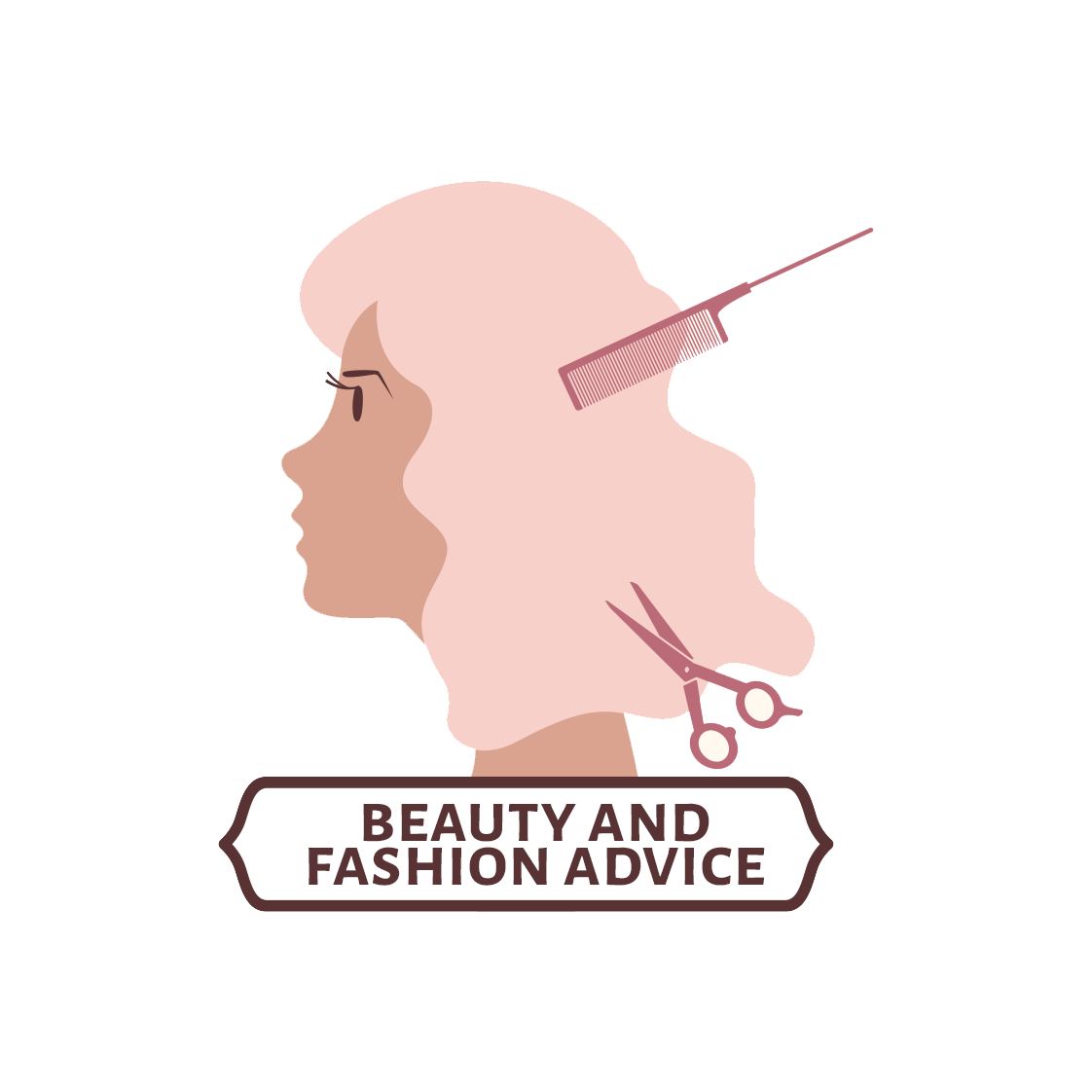Earlier this year, the New York–based fashion designer Willy Chavarria sprayed Parfums de Marly’s Haltane on not just himself but on his models, the roses he left on the seats, and throughout Brooklyn’s Greenpoint Terminal Warehouse. Afterward, Chavarria pretended to imbibe from a novelty-size bottle of the scent; he drinks it “by the gallon,” he joked. Haltane is an animalic perfume, heavy on the oud—a woodsy, musky smell—mixed with more delicate florals such as lavender and bergamot. It is masculine but not overpowering, and to Chavarria, it served as another portal into his collection.
“Willy was combining the power of the visible with the power of the invisible,” explains Yvan Jacqueline, president of Parfums de Marly and Initio Parfums Privés, Americas. “With smell, you can project a message that has an effect on someone’s subconscious.” Unlike our other senses, smell directly accesses our limbic system, the part of our brain that contains both memory and emotions. The scent of sandalwood, for example—almost gingery, and strangely sweet—immediately recalls my Chinese grandparents’ home, where a sculpture made from the fine-grained wood stood at the entryway. With scent, memories arrive before thought or logic have a chance to catch up.
Willy Chavarria walks the runway during the Willy Chavarria fashion show on February 09, 2024 in New York City.Photo: Roy Rochlin/Getty Images
Largely for this reason, fashion has always had a strong relationship with scent. It’s impossible to smell, for example, the particular aldehydic and floral swirl we’ve come to associate with Chanel No. 5 and not think of the fashion house more broadly. Christian Dior famously developed his own line of perfumes with Serge Heftler-Louiche, his childhood friend (and grandfather to master perfumer Frédéric Malle). “Perfume is a world on its own,” says Dior’s current in-house perfumer, Francis Kurkdjian, who has spent hours in the archives, researching the way Dior thought about smell. “Smell is physically and biologically the first of our five senses to appear while we are in the fetal state.” (Each of the fragrances within a new suite of Dior perfumes references a precise moment in the fashion house’s history.)
Chavarria is not the first, of course, to use scent to expand the experience of the runway show in particular. Ten years ago, Rodarte (partial to the fragrance company 12.29, run by synesthete sisters Dawn and Samantha Goldworm) created a distinct olfactory backdrop for its shows; other brands from that time, like Opening Ceremony, Thakoon, and Prabal Gurung, were also combining smell with style. Victoria Beckham was fond of lighting scented Diptyque candles at her runway shows. Perhaps something was in the air: Ian Schrager developed with Le Labo a scent for his Edition hotels at around the same time.
Still, this recent trend is slightly different from what we’ve seen in the past. If scent was previously used as an accompaniment—a top note to the orchestration that is a fashion show—then today, scent is world-building, offering a new dimension for a brand and teasing what’s to come. At Balmain’s most recent Paris show, Olivier Rousteing infused the air with a new scent (out this month). Burberry and Tom Ford joined the new wave of catwalk scents this past season, too, marking the air with Perfumer H’s Ivy and Ford’s Vanilla Sex, respectively. And Beckham—who recently launched her own line of perfumes, inspired by personal memories—spritzed Suite 302, a leathery musk conjuring romantic getaways to Paris with David Beckham, at her fall runway show, with plans to launch a new fragrance at her next.















